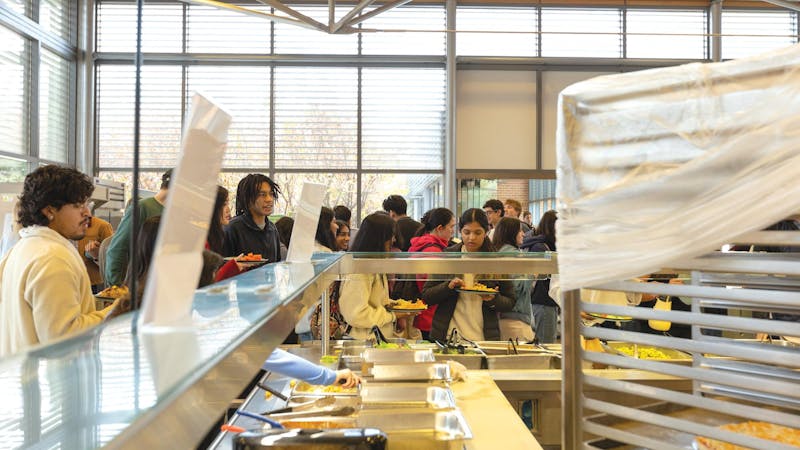An American in Paris celebrates its 60th anniversary of success
Sixty years ago, before High School Musical, Moulin Rouge and West Side Story, Vincente Minnelli released his classic masterpiece, An American in Paris. The film is the ultimate culmination fo the arts on screen and won six well-deserved Academy awards. It remains just as much of a delight for the eyes, ears and soul now as it was then.
Starring Gene Kelly (Singin' in the Rain) and Leslie Caron (Lili) in her debut role, this delightful romantic musical is set in Paris in the 1950s. World War II veteran Jerry Mulligan, struggling to make it as a painter in the bustling City of Lights, falls in love with Lise, a young, beautiful French girl. As a romantic film, there is plenty of drama and sentimentality. Lise turns out to be engaged to a successful, compassionate musical star, while Mulligan is entangled with a rich society woman who's trying to buy him over by sponsoring his art. The two lovers try to make do with the time they do get together.
However, what makes this film worthy of being recognized as the 1951 Best Picture and one of AFI's 100 Best Films (1997) is how it incorporates such a broad spectrum of art mediums. The overall mood of the film reflects French impressionism, from the backdrops to the cinematic direction. The memorable dance scene alongside the Seine on a starry night produces the effects of a Monet painting. The soundtrack of the film enhances the visual dreaminess, with unforgettable George Gershwin songs like "I Got Rhythm" and "Our Love is Here to Stay." In fact, the film is based on the famous American composer's same-titled composition, which is a reflection of Gershwin's experiences in Paris. The film finds a way to display the vitality and cultural richness of Paris in this period that Gershwin tried to elucidate in his symphonic poem.
Weaving in and out of the storyline are musical and dance numbers of all kinds. Early on, there is a showcase of Caron's graceful ballerina moves. There are several numbers displaying Kelly's remarkably entertaining singing and tap-dancing talents. There is an orchestral number, featuring the humorous and musically gifted Oscar Levant (The Band Wagon). Levant plays Mulligan's friend, a pianist who repeatedly fails to make it big. In a daydream of Levant's character, Gershwin's tunes are brought to life with a captivating piano solo backed by a full symphony orchestra. At the end of the film is the famous 16-minute ballet, which occurs within Mulligan's imagination. The ballet is a milestone in storytelling through dance on the big screen. The choreography, emotions, lighting and scenery are all equally captivating. All the artistic pieces in the film are so impressive that the discontinuity in the plot is not much of a concern.
An American in Paris makes for much more than a feel-good romantic musical; it is a comprehensive compilation of painting, song, dance and music in film. The enormous talent involved in the direction, musical score, cinematography, choreography, costumes and set design cause the film to be highly recognized and praised in its time, as it continues to be today. Find a chance to watch the film, available on Netflix and Amazon.com, or even borrow the reserve copy at Fondren to experience for yourself what makes An American in Paris such a classic and treasured film.
More from The Rice Thresher

Over 1,000 students petition against new meal plan
When Konstantin Savvon opened the Housing and Dining email announcing the new unlimited meal plan, he was instantly concerned about the impact on off-campus students like himself.

Rice football wins season opener under new coach
For the first time since 2018, Rice football opened its season with a victory. Scott Abell was soaked with yellow Powerade following a 14-12 win on the road Saturday against the University of Louisiana at Lafayette, which won 10 games and made it to the Sun Belt Conference championship last season.

Acting like an athlete: Rice basketball alum takes on Broadway
Underneath Chadd Alexander’s Broadway costume, there’s ankle tape and wrist braces — same protective gear he wore as a walk-on basketball player at Rice, though now he’s performing eight shows a week in the ensemble of “Harry Potter and the Cursed Child” instead of running conditioning drills in Tudor Fieldhouse.

Please note All comments are eligible for publication by The Rice Thresher.